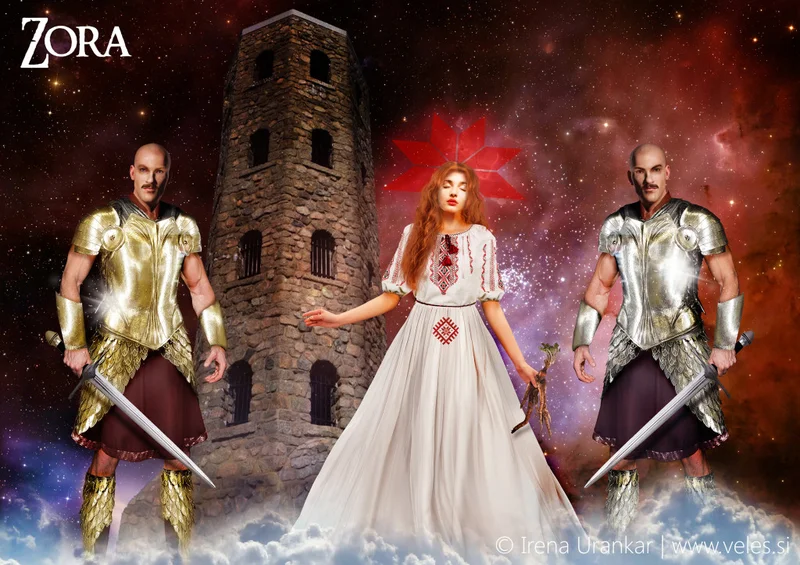Article Directory
So, Robinhood just rolled out the red carpet for a crypto token called ZORA, and the market, in its infinite wisdom, immediately lost its mind. The price shot up something like 40-60% in a few hours. Another Tuesday in the digital casino, I guess.
You’re supposed to be impressed. You’re supposed to see this as validation. Look! Mainstream adoption! The little guy, a token with a piddly $150M market cap, is now swimming with the sharks on a major retail app. It’s the smallest coin they’ve ever listed. Isn’t that just the cutest little underdog story you’ve ever heard?
Give me a break.
This isn't an underdog story. This is a carefully orchestrated piece of market theater. When a platform like Robinhood, which has been trying to rebrand itself as something more than a meme-stock-pusher, lists a tiny, obscure token, it’s not an accident. It’s a signal. It’s a giant, flashing neon sign that says, “Come get your lottery tickets here, folks!” And, offcourse, the retail hordes came running, wallets open, ready to frontrun the next wave of suckers.
The "Creator Economy" Shell Game
Let's talk about the sales pitch, because it's a work of art. Zora isn't just another useless token, you see. No, it’s the engine of a new “creator economy.” It’s an Ethereum Layer 2 network designed to empower artists, musicians, and influencers by letting them monetize their work directly. They can launch "creator tokens," and the platform even kicks back 50% of all trading fees to them. The whole idea is Zora: Shifting the Focus of Crypto Creator Economy. It sounds so noble, so revolutionary.
This is a brilliant narrative. No, 'brilliant' doesn't cover it—this is a masterclass in psychological manipulation. You're not gambling on a speculative digital asset; you're investing in creators. You're supporting art. It’s the same old speculative mania, just wrapped in a cozy, ethically-sourced blanket.

Here’s my analogy: Zora’s model is like a new nightclub that promises to be a haven for artists. The club owner (Zora) lets the cool artists drink for free and even gives them a cut of the bar tab. Why? Because those artists draw in the crowds—the traders, the speculators, the FOMO-chasers—who will happily pay $25 for a watered-down cocktail just to be in the same room. The whole ecosystem works great as long as the party is raging. But what happens when the hype fades and a new, hotter club opens up next door? Who's left paying the tab then?
The numbers look great on paper for now. A jump to $5.57 million in revenue last quarter from basically nothing. But that revenue is tied directly to trading volume. It’s a feedback loop fueled by pure froth. The more people trade, the more creators get paid, the more they promote the platform, the more people trade... until they don’t. Is this really a sustainable model for creators, or is it just turning them into unwilling carnival barkers for a speculative token? And are we really supposed to believe this is about art when the entire conversation is about charts printing "textbook breakout setups"?
Follow the Money, As Always
If you want to know what’s really going on, don’t look at the charts. Look at who’s holding the biggest bags. Surprise, surprise, Coinbase has a $58 million stake in Zora. They’ve been, as the kids say, "hyping the project hard." You combine a major VC-level investment from an exchange with a surprise listing on the most notorious retail trading app, and what you get is not organic growth. It’s a planned demolition.
Now they’re dangling the next carrot: a livestreaming feature set to launch by the end of the month. The narrative is already being written. Zora is going to be the next big crypto content hub! More creators! More users! More revenue! The flywheel keeps spinning.
I can just picture the boardroom meeting. The slide deck with buzzwords like "synergy" and "flywheel" and "creator-centric." All of it designed to obscure the simple, timeless truth of these markets: the house always wins. The early investors, the VCs, the exchanges—they’re the house. Everyone else is just a player at the table, hoping to cash out before the music stops.
And I get it, it's boring to be the guy yelling about fundamentals when everyone else is getting rich off a 60% pump. Maybe I'm the crazy one here. Maybe this time it's different. But history has a funny way of rhyming, and this particular tune sounds awfully familiar. It sounds like every other hype cycle I’ve ever seen, and I’m just wondering how many people will be left holding the bag when this one is over. Because there's always someone...
Same Circus, Different Clowns
Let's be real. This isn't about empowering creators. It's about creating exit liquidity for early investors like Coinbase. The "creator economy" is just the latest, most emotionally appealing marketing slogan to get retail traders to pump their bags. It's a beautifully crafted narrative, I'll give them that. But peel back one layer, and it’s the same old game: insiders get rich, and the public gets a story. Don't be the public.




